Achoo! Gooey plant snot appears
The wet weather can be a pain when it comes to staying on top of your garden, but it also produces some strange sights.
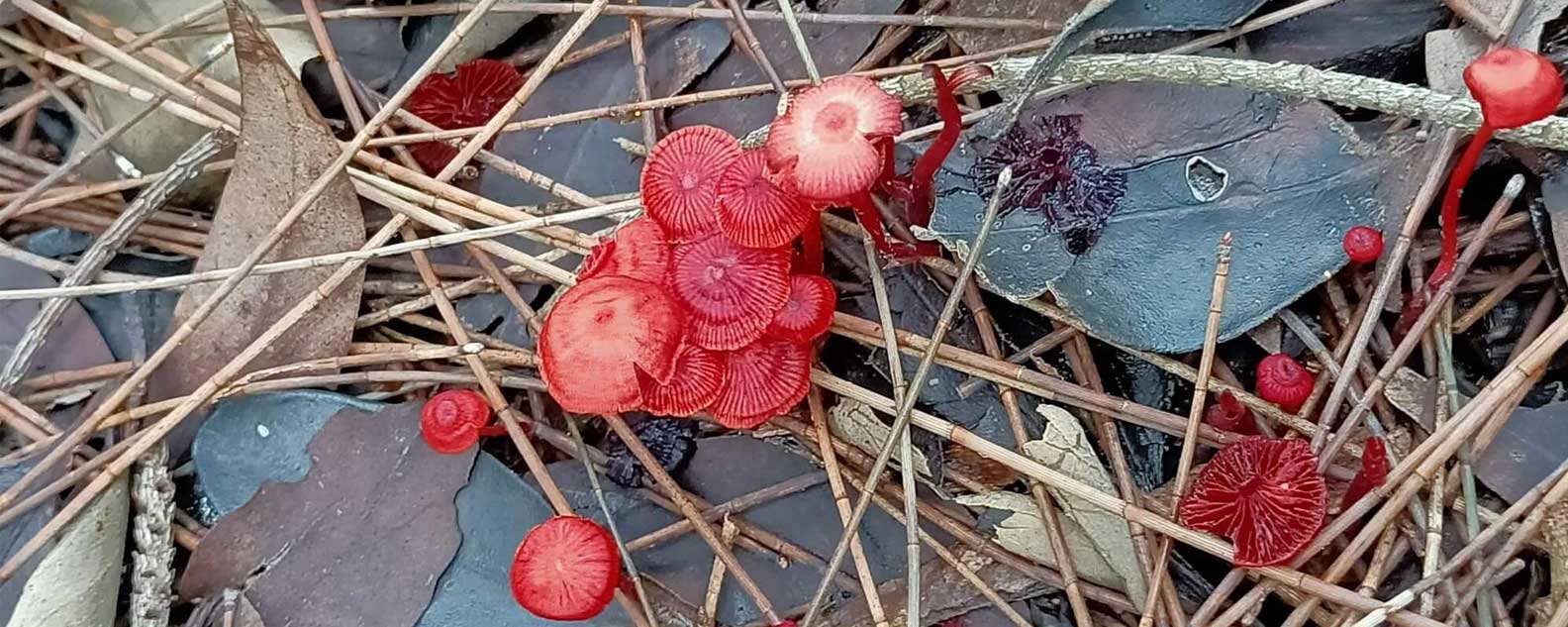
Australian Institute of Botanical Science Honorary Research Associate Stephen Skinner says people might spot 'snot' in their gardens.
"One of the reported horrors has been Snot, Nostoc commune, a nitrogen fixing cyanobacterial that is often there in the thatch of the lawn, dried out, and then wets up in heavy rain," he says.
"It's ugly but vital in getting nitrogen back in washed out soil."
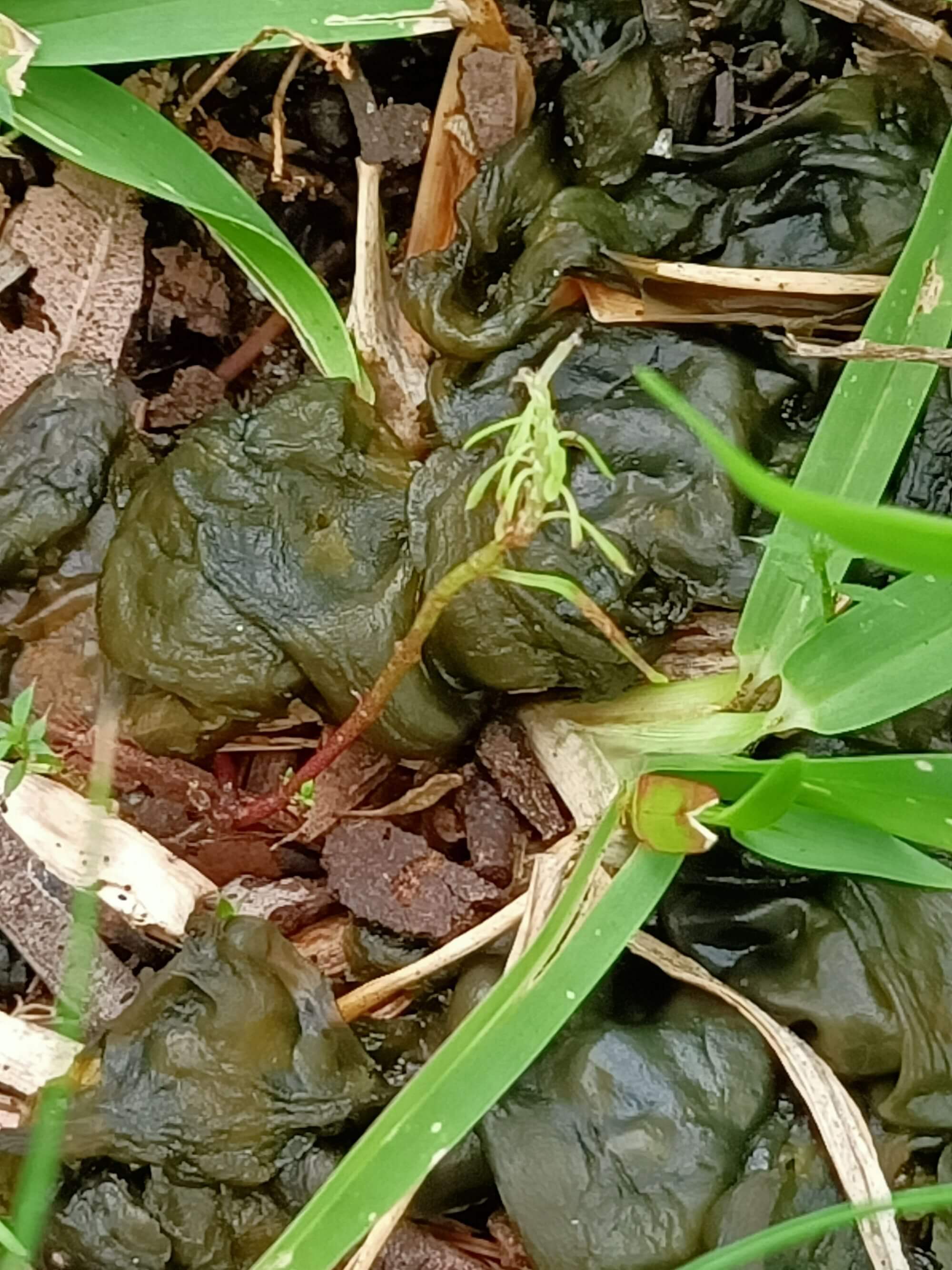
Like something out of a movie - plant snot!
And if you think your plants might be sprouting 'legs' to get up and leave their soaked soil, you're not wrong.
Dr Trevor Wilson reports many of his Coleus species in cultivation are growing 'legs'.
"These things naturally grow adventitious roots when stems contact soil or leaf litter then retains humidity," he says.
"That’s how these plants travel and move as clonal propagules (i.e. down sides of waterfalls, cliffs, rivers etc.)
"This undescribed species of Australian Coleus that I have in my research collection, like many others at the moment, are growing roots on above ground parts not contacting the soil because it has been so wet."
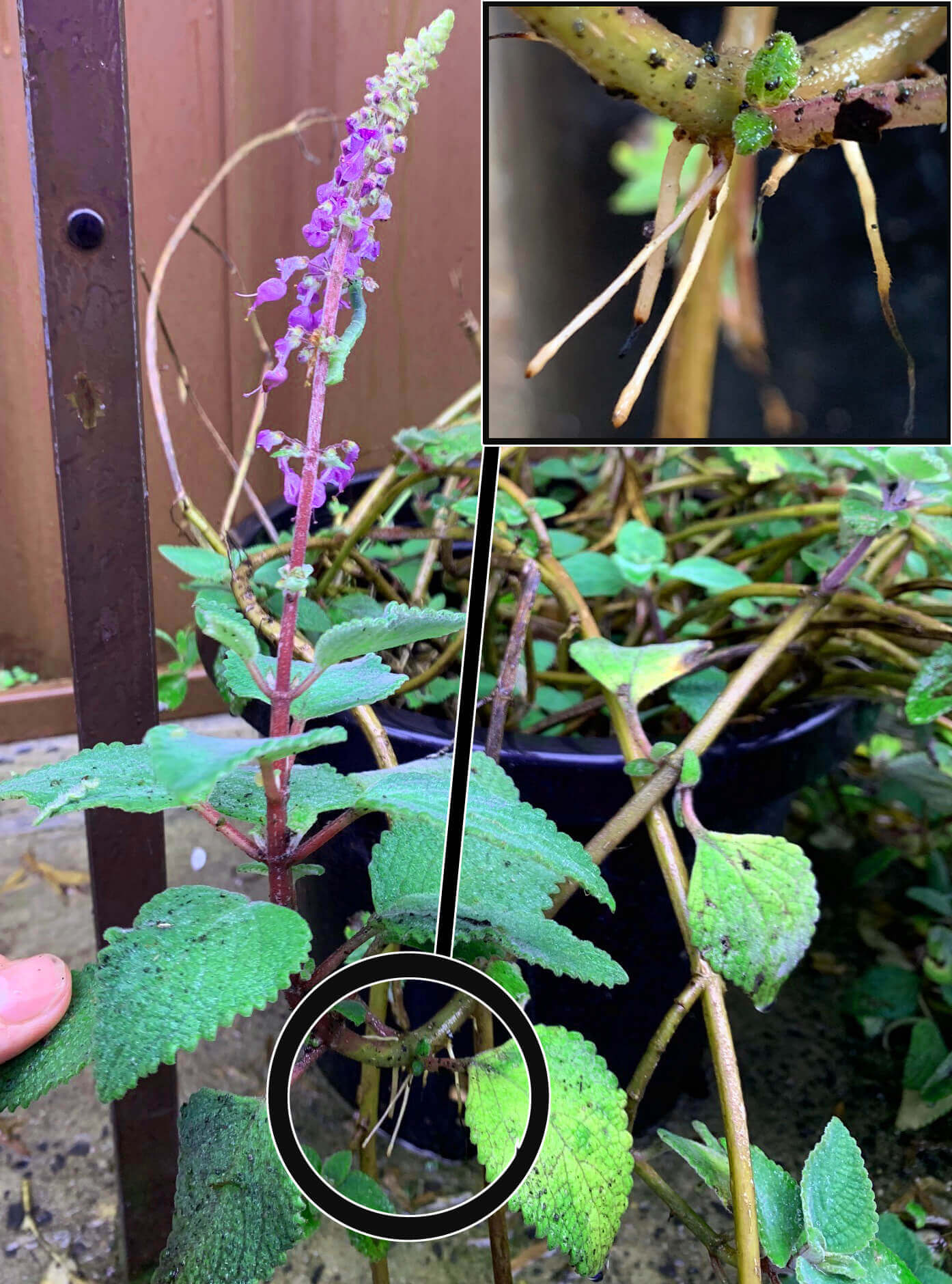
Dr Trevor Wilson shows the plant 'legs'
The abundance of rain also means it's prime time for fungi and there are colourful kinds popping up around the place, including at the Australian Botanic Garden Mount Annan.
The fungi likes to come out in large numbers in leaf litter in wet weather.
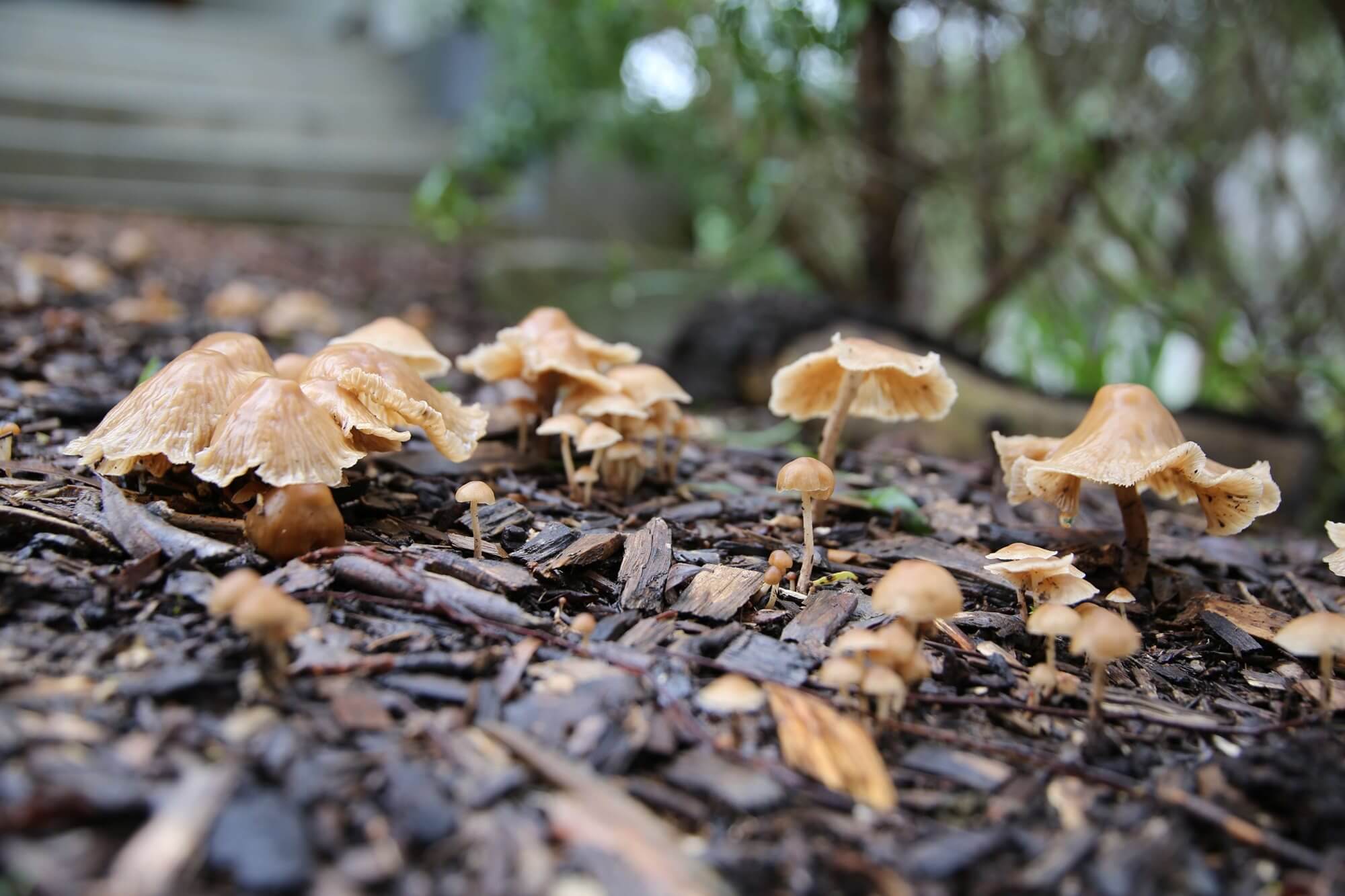
ome of the interesting fungi at Australian Botanic Garden Mount Annan. © Lyndle Hardstaff
How to make the most of the rain
Community Greening Officer Adina Oosterwijk is ensuring the rain is more of a help than a hindrance in her garden.
"I observed areas where I wanted to move the water along quickly (out of my chicken run) and other areas where I could slow the water and give it time to absorb into the soil, if possible," she says.
"Water seeks the lowest point, so I decided to attempt to dictate where that was in my yard.
"I commenced with digging a trench. Since I had a steady flow of water following my shovel, it was easy to make adjustments as I went, removing plants that stood in the way of progress.
"In better weather I can create a series of rain gardens along the low corridor to slow and hold as much water as possible. Choosing plants that can thrive despite being inundated and drying out will improve my success."
Here’s what you might observe at your place:
- Where is the water coming from?
- How much water is coming?
- Is there somewhere you can direct the water to create an infiltration zone? This could be a bog garden, a rain garden, or a soakaway.
- What kind of soil do you have? Sandy soils may continue to absorb water after the point a clay soil becomes waterlogged.
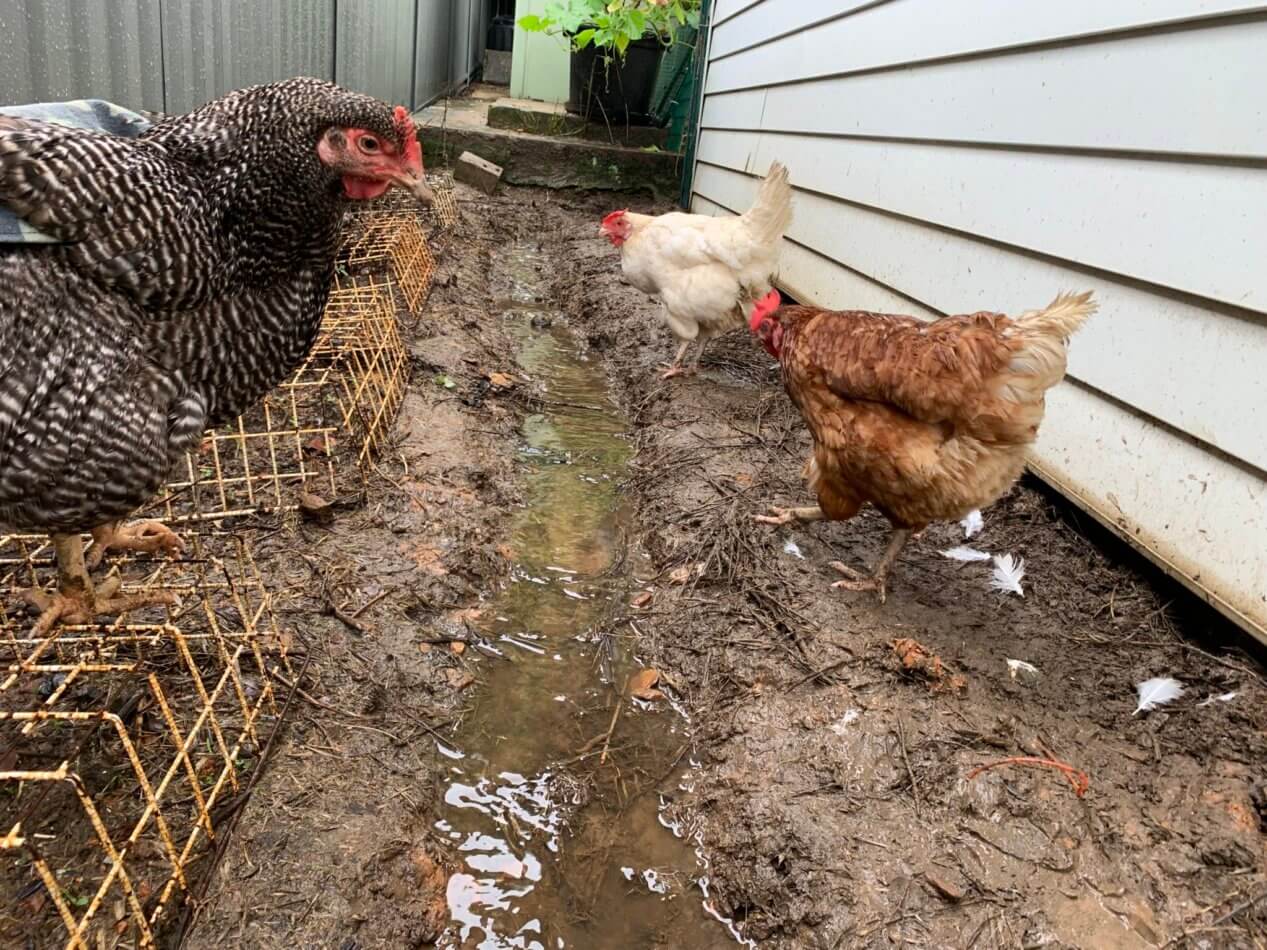
Adina Oosterwijk making the most of the rain.
What to do in the wet
Our Curator Managers know too well how to make sure prized plants stay protected when the rain gets too much.
They've shared some simple tips on how to prepare and recover in the big wet.
- Don’t apply pesticides due to run off risk
- Don’t apply fertiliser due to run off risk
- Place erosion control devices (coir logs, sandbags, silt fences, tarps etc)
- If necessary/possible cover sensitive plants and move pots undercover
- Grubs will come out of the soil for oxygen as the soil is saturated. Provides a smorgasbord of easy pickings for birds
- Don’t hang out under trees!
- Learn – how does the site behave in such an event. What can you do to drain or capture the water?
- Clear out drains and gutters
- Know your plant pests and diseases and prepare management for when the rain clears.
"With the length and severity of these wet periods, the humidity is high, and the plants are lush with soft growth and tasty for all sorts of pests and pathogens," says Blue Mountains Botanic Garden Mount Tomah Acting Curator Manager Ian Allan.
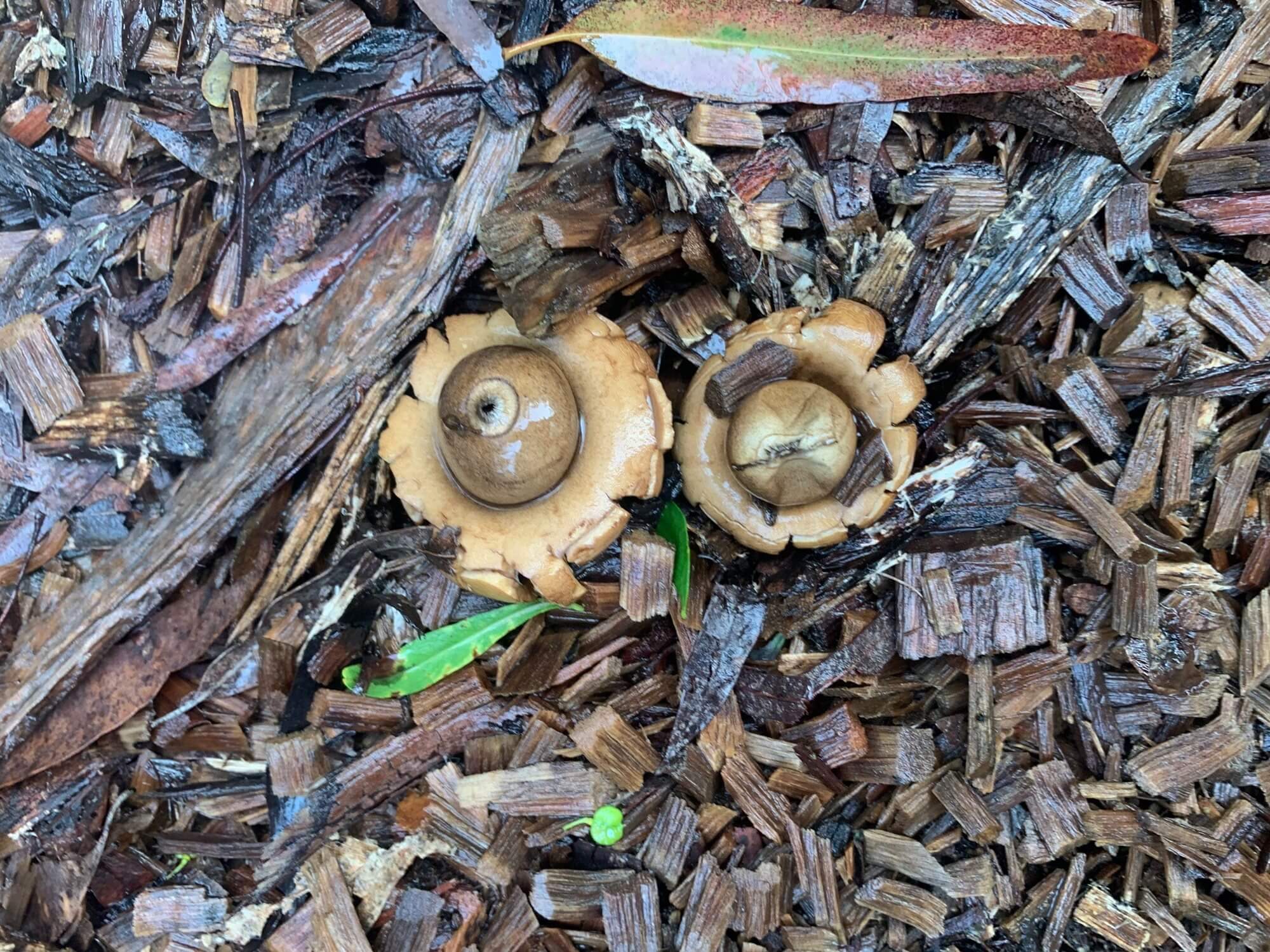
Some unusual fungi Dr Brett Summerell snapped.
"Our expert horticulturists know what plants will be most affected by fugal pathogens such as rusts, mildews and root rots so they inspect carefully and plan for Integrated Pest Management actions as soon as conditions allow.
"This might include pruning to improve airflow, picking of grubs/bugs, applying low toxicity fungal or pest sprays such as bicarb soda solutions (for powdery mildew) or garlic spray (for slugs and snails) or in worst case scenarios, applying pesticides and fungicides.
"Our expert arborists inspect our trees for damage and plan works for when the rain clears. When its this wet, they pay close attention for cracked branches that have been loaded with heavy rain and they look for any leaning trees or cracks in the soil around the roots that indicate the tree may bee falling over due to the saturated soil, wind and rain. For the home gardener we advise engaging a qualified arborist to assess suspected damage."
Mr Allan says horticulturists also stake soft-wooded perennials such as our Dahlias so they don’t snap when their lovely flowers get loaded with rain and wind.
"We make sure our irrigation systems are turned off wherever possible so we don’t waste water," he says.
"Make sure we’ve got good rain gear, gumboots and a good stock of tea and biscuits – it’s all very British really!"
Find out more about fungi
You might think you know fungi, but there is so much to discover about the delightful and deadly world of this special group of diverse organisms.
If you are a journalist and have a media enquiry about this story, please click here for contact details and more information.
Related stories
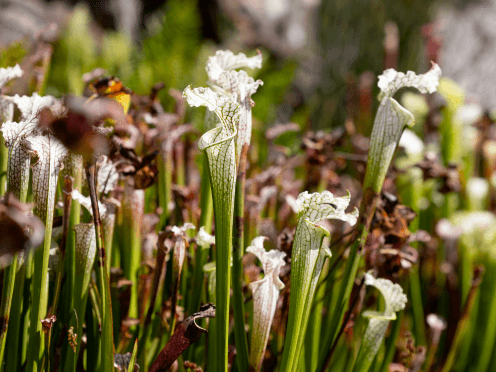
Three carnivorous plants to care for during the cooler seasons.
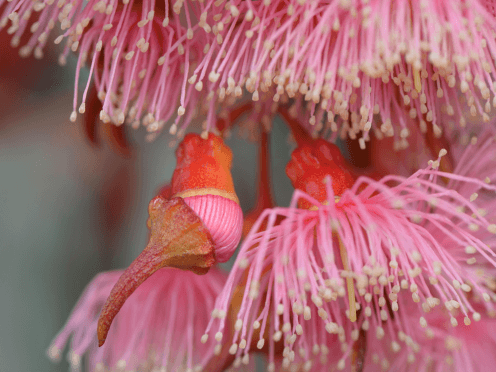
Eucalypts or gum trees are one of Australia’s most iconic plants. The scent of their oil alone evokes the bushland.

Immerse yourself in cool climate mountain maples, starry nights and magical mountain heights for a weekend roadtrip like no other.